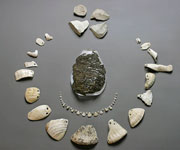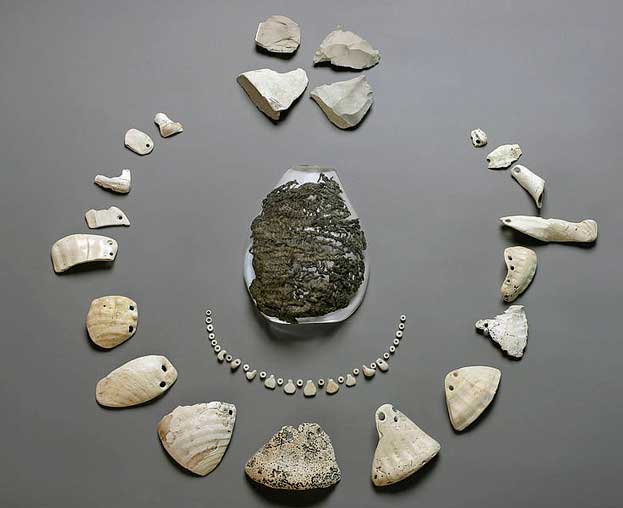Prehistoric Pile dwellings around the Alps
This serial property of 111 small individual sites encompasses the remains of prehistoric pile-dwelling settlements in and around the Alps built from around 5000 to 500 B.C. on the edges of lakes, rivers or wetlands. Excavations, only conducted in some of the sites, have yielded evidence that provides insight into life in prehistoric times during the Neolithic and Bronze Age in Alpine Europe and the way communities interacted with their environment. Fifty-six of the sites are located in Switzerland. The settlements are a unique group of exceptionally well-preserved and culturally rich archaeological sites, which constitute one of the most important sources for the study of early agrarian societies in the region.

Continent: Europe
Country: Austria, France, Germany, Italy, Switzerland
Category: Cultural
Criterion: (IV)(V)
Date of Inscription: 2011
Pile-dwelling sites
The series of 111 out of the 937 known archaeological pile-dwelling sites in six countries around the Alpine and sub-alpine regions of Europe is composed of the remains of prehistoric settlements dating from 5,000 to 500 BC which are situated under water, on lake shores, along rivers or in wetlands.
The exceptional conservation conditions for organic materials provided by the waterlogged sites, combined with extensive under-water archaeological investigations and research in many fields of natural science, such as archaeobotany and archaeozoology, over the past decades, has combined to present an outstanding detailed perception of the world of early agrarian societies in Europe.
The precise information on their agriculture, animal husbandry, development of metallurgy, over a period of more than four millennia, coincides with one of the most important phases of recent human history: the dawn of modern societies.
 |
| Excavated Heritage Items |


